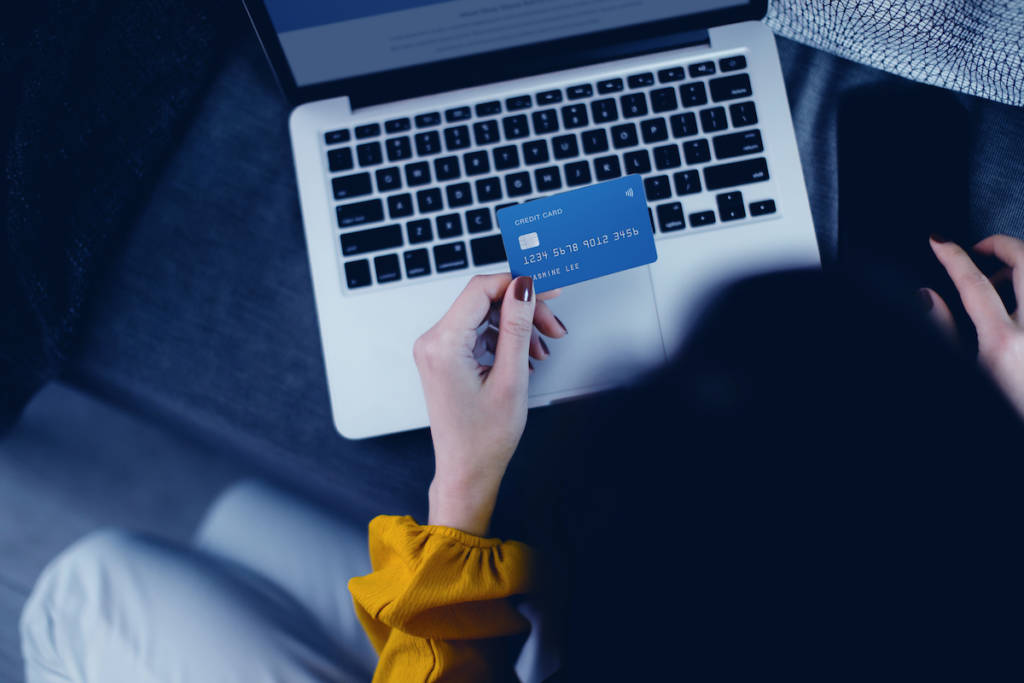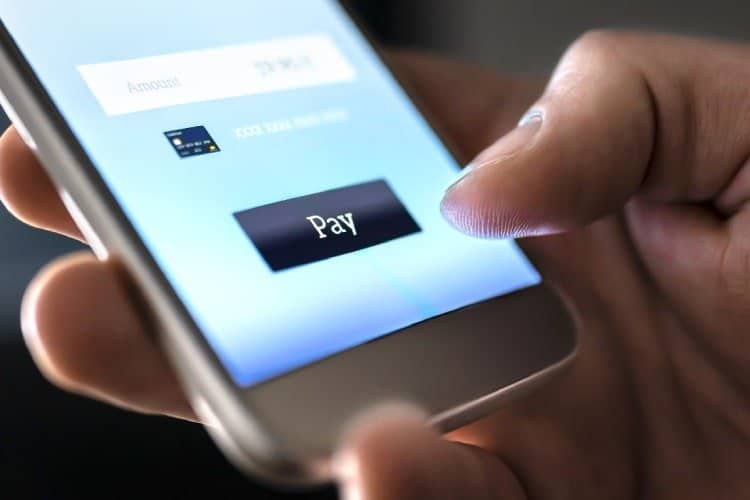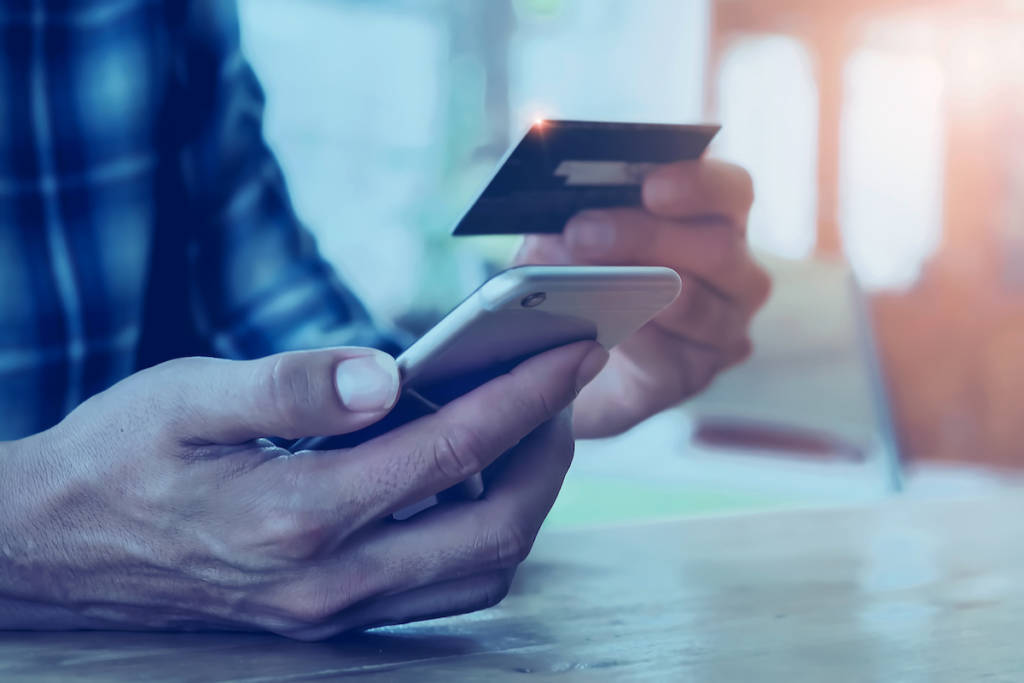Rapid grocery delivery services are proving popular with “I want it now” digital consumers. As the availability of door-to-door, same-day services grows, what does it mean for traditional supermarkets and how can they possibly compete?
We live in a world of on-demand shopping, which impacts how, where and when people buy their provisions. It has opened the door to a host of new, rapid delivery services with the potential to threaten the customer base of established grocery brands.
According to a recent report, spend on rapid grocery delivery apps such as Instacart, Getir, Zapp and Weezy grew by 123 percent in the last five months of 2021, compared to a 22 percent decrease for traditional supermarkets.
What’s driving this new trend?
Consumer habits have changed since COVID. More shoppers of all ages – not just the younger generations – have become accustomed to buying their food online or using mobile apps.
At the same time, the gig economy and widespread availability of rapid, same-day delivery services has fueled the rise of new players seeking fresh markets to exploit, and many investors have jumped on the bandwagon to support their entry and growth. For instance, Istanbul-based Getir raised a further $768M from investors in March (on the back of $500M in late 2021), bringing its valuation to $12B – more than Deliveroo, Marks & Spencer and Morrisons.
Dark supermarkets and ethical concerns
While some rapid delivery service brands such as Uber Eats and Deliveroo partner with existing food stores for fulfillment, others have their own micro-fulfillment centers, shut off from the public and serviced by low paid gig-workers.
There is a growing concern from ethical consumers that in “dark supermarkets” (as these fulfilment centers are sometimes known) speed and convenience take precedence over governance, workers’ rights and animal welfare – and where the focus is less on “where” they source as long as they source fast.
Yet perhaps the biggest competitive advantage that delivery and dark supermarkets have is from sourcing. The ability to buy goods from multiple sources to lower price and directly compete with grocers and other providers. Now, when a consumer shops through a delivery service the fulfillment can come from more than one operator, eliminating the need for consumers to go from store to store to find the goods they want and like. This saves consumers time and effort, which is a huge benefit to consumers, who normally shop at 4+ supermarket brands on average per month.
What can traditional grocers do to stop their businesses from being eaten up?
To ensure minimum erosion to their business, grocers can rise to the challenge by continuing to innovate their channels with products, services and tools that help customers get the most from their instore experiences. For example:
- Invest in better hybrid and omni-channel services
According to our recent U.K. and U.S. surveys, one in three people now complete a portion of their food shopping online. While many opt for home delivery, this often comes at a premium cost. There is a real opportunity for services including buy online, pay in store (BOPIS) and curbside delivery to bridge the gap, providing greater convenience and speed without the delivery price tag.
- Make in-store experiences smooth and frictionless
Contactless and self-serve checkouts are helping to improve physical experiences, reducing queues and accelerating throughput. Our studies show that just under one quarter of consumers already use contactless credit cards at grocery stores, while 50 percent of Millennials are interested in tap and pay to speed their way through the checkout.
- Turn mobile apps into selling machines
Don’t let app-based competitors win in the mobile stakes – serve up goods and services directly to consumers’ smartphones with exciting, new omni-channel services. This uses scannable media and audio tags within TV, print and radio ads, posters, magazines, catalogs and window displays to let users instantly discover and purchase items, as well as one-click offers. At the same time, easy-to-customize geolocation alerts encourage users into stores.
- Offer bundles, discounts and loyalty promotions
This is a well-proven way to help fend off competition. We found that almost half (43%) of food shoppers say incentives impact where they spend. It’s unlikely that high-speed delivery businesses have the end-to-end value chains to compete with grocers in the scope, scale and choice of promotions.
- Broaden out the product mix
Many non-food items fall outside the scope of rapid delivery but are popular with key audiences. For example, our research shows that when grocery shopping, Baby Boomers and seniors also want to purchase gas/fuel (23%), as well as prescriptions (20%); Millennials want to check out clothing and accessories (19%) along with their provisions.
- Value-adding partnerships and co-opetition
Create partnerships for the last mile to manage costs and capabilities. Grocers must keep access to customer data and exclusivity to engage customers and build long-term relationships.
Not everyone wants a faceless food experience
Many food shoppers like the buzz, inspiration and contact they get in-store, and this is true even for younger consumers. We found that although the majority (57%) now regularly shop for food online, almost all (94%) still visit a brick-and-mortar food store, at least some of the time.
In addition, while a growing number of people may switch to rapid food delivery in an emergency or when they are particularly busy, stressed or tired, it’s unusual for them to regularly place large 50-60 item shopping orders.
As long as the larger, primary weekly or monthly grocery shopping trip remains an entrenched consumer habit, it’s unlikely there will be a mass switch to more expensive same-day services – especially in times of high inflation and economic uncertainty.
With the right approach, grocers can not only ride out the uberization of their industry, but also improve their own appeal along the way.
Find out more about the latest grocery trends in our latest ACI market reports or talk to our grocery payment experts today.
Download our Grocery Report, “What’s in store for the U.K. Digital Grocery experience” or our eBook “Who’s Shopping at Your Store?”




